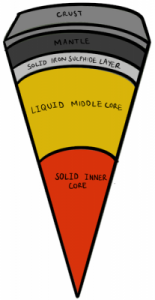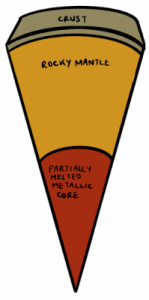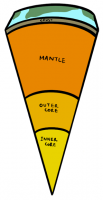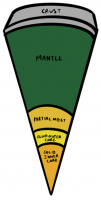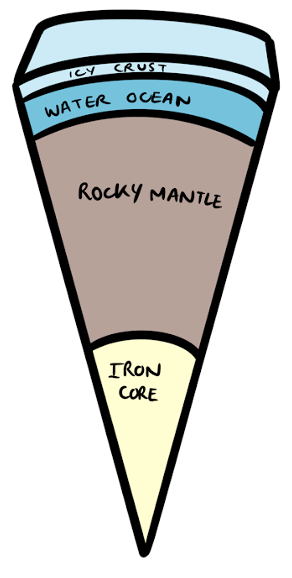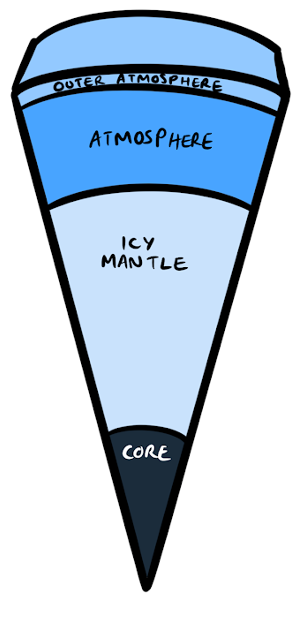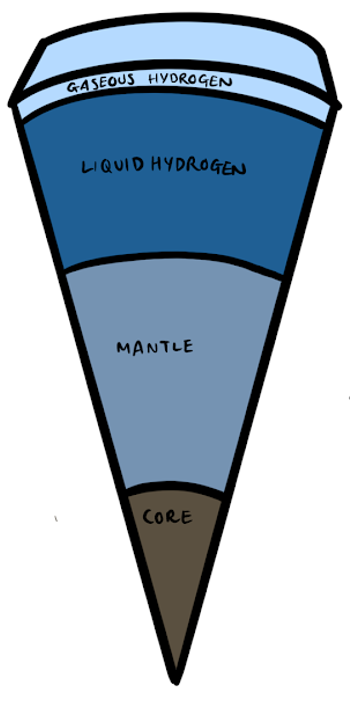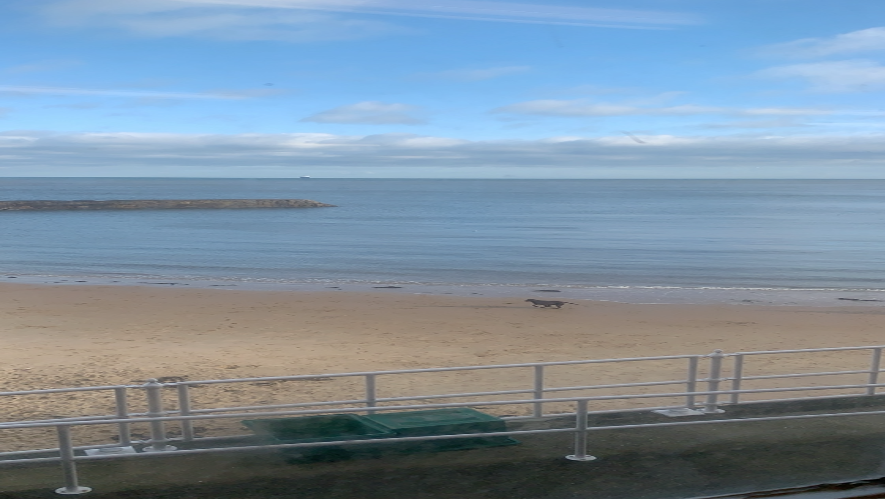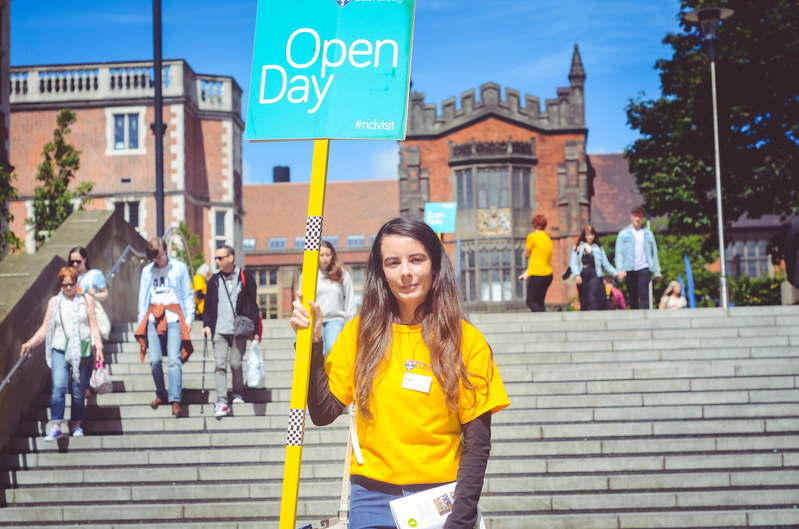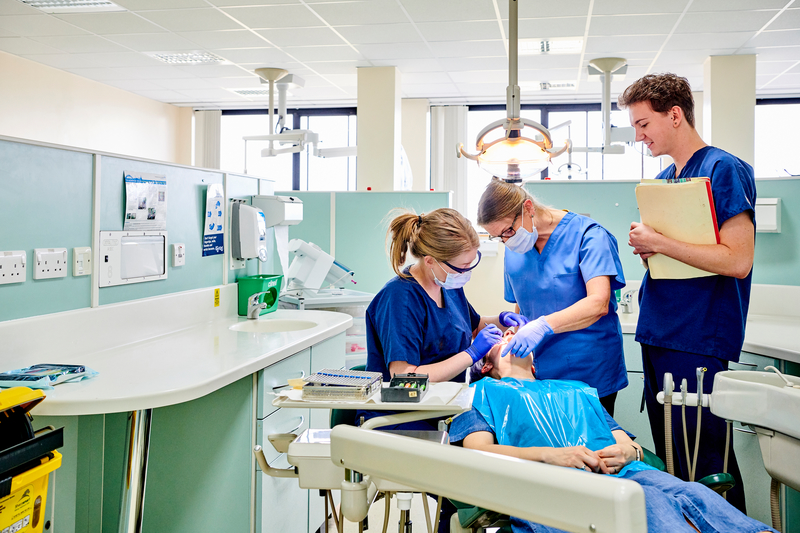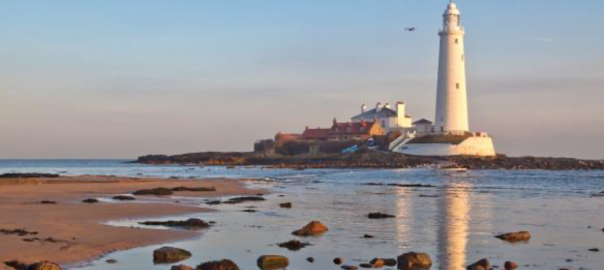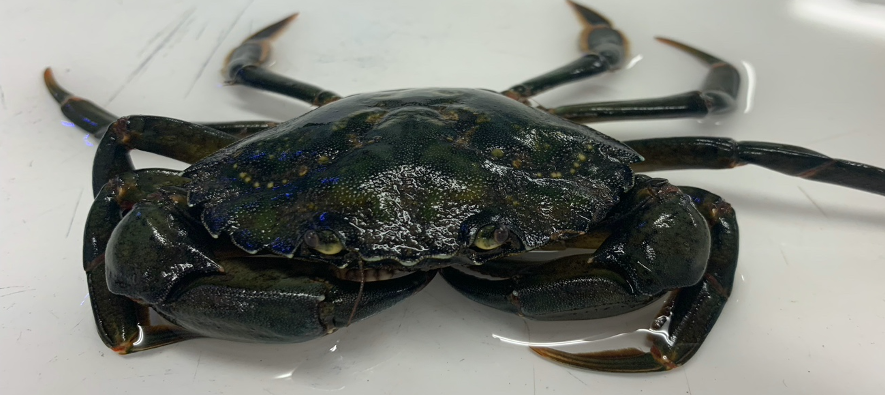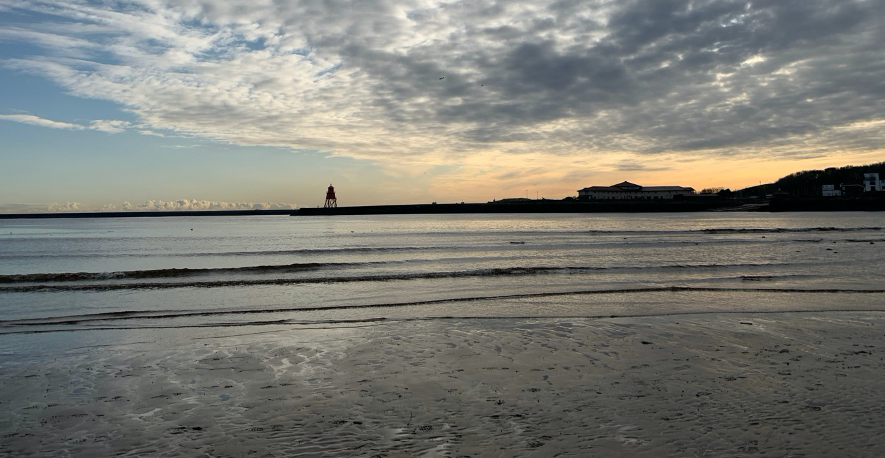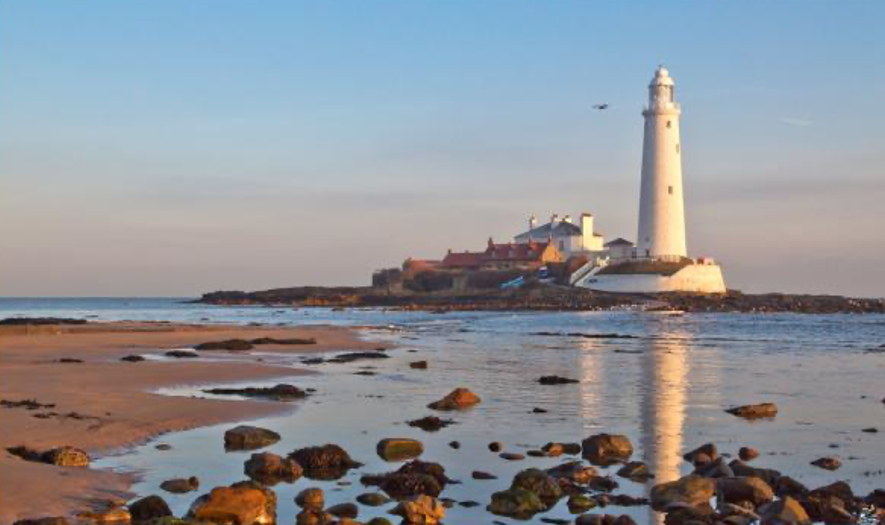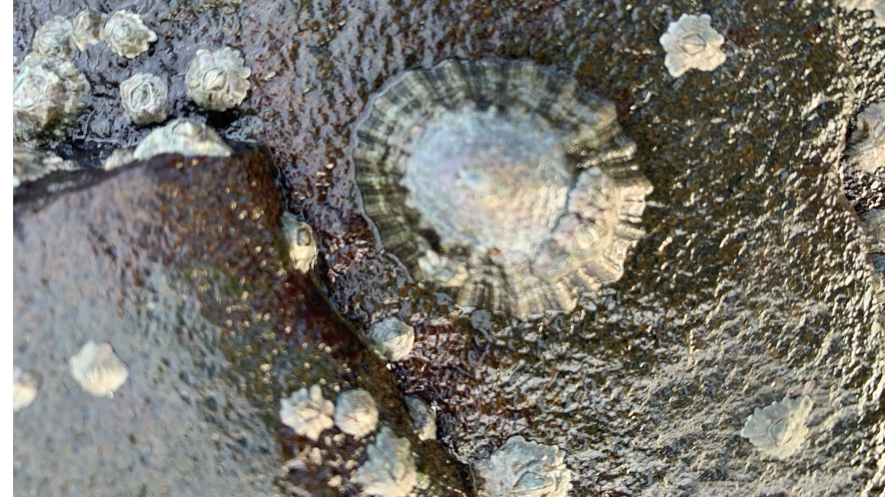Chemical Engineering student, Rosie, tells us all about her studies in Australia for her semester abroad.
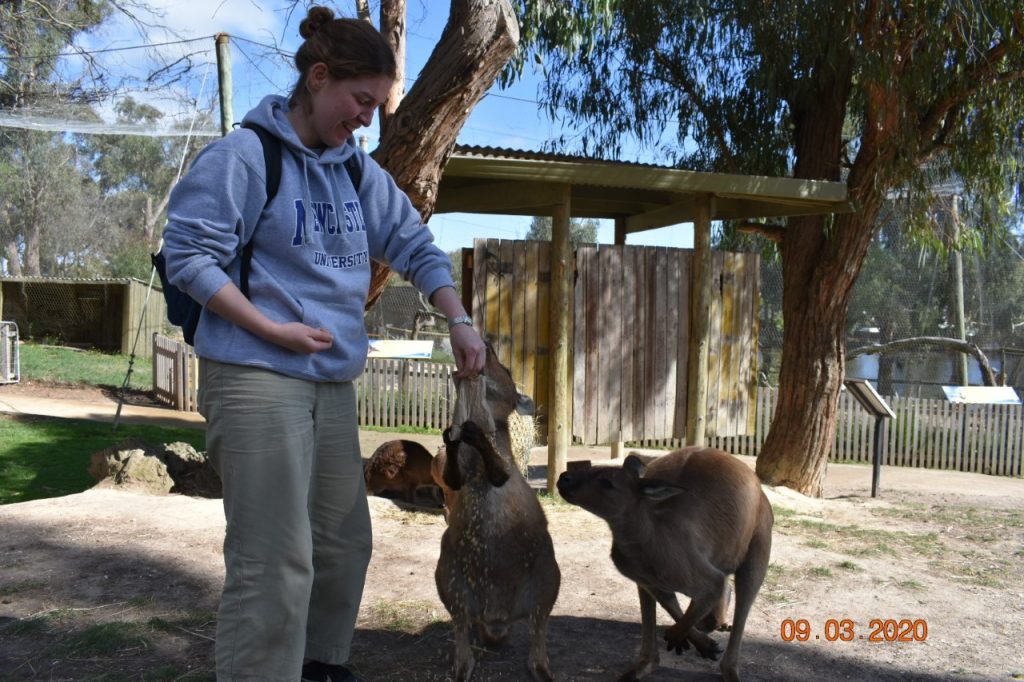
At Newcastle University I studied a 4 year integrated masters in Chemical Engineering, and during my final year I studied a semester at the Royal Melbourne Institute of Technology (RMIT) in Melbourne, Australia. During my time studying abroad, I was required to complete a research project and write a report containing my findings. There were other options of universities I could have studied during this semester abroad, and each university offered a different research area for my project. I was particularly interested in a project relating to Green Energy, therefore when I found out the project at RMIT was about different catalysts for producing bio-diesel, this university caught my attention. From my first day arriving in Melbourne, I found everyone at the university friendly and welcoming. A typical day at university included mostly working in the laboratory, carrying out chemical reactions or using analytical equipment to follow reaction performance. I also read scientific papers relating to my research area, and later in the project I wrote my report detailing my findings from the laboratory work I performed while studying at RMIT.
I found a large part of studying abroad is the experiences outside of learning at university. Just like at Newcastle University, RMIT had many societies that students can join. I started playing Australia Rules Football, which is comparable to a combination of rugby and soccer, and is a very big sport in Melbourne. Everyone was really friendly and I found this was a great way to meet people from university outside of my course. Experiencing Australian culture was another thing I loved about my time in Melbourne. I knew little about the country’s rich history and enjoyed discovering this through the many museums in Melbourne, and also talking to friends who were Australian about these topics. The way of life in Australia I also found varied a lot from Newcastle, with hot weather in Melbourne encouraging a lot more time spent outdoors enjoying the many parks in the city or vast scenery out of the city. I am grateful I have had the opportunity to have these experiences and really take advantage of my time studying abroad.
Being on the other side of the world to my family, friends and everything I knew, I found a new level of independence, different to when I made the move from my home-town to Newcastle for university. This move didn’t scare me but I actually found it more exciting, and I now feel that I will feel comfortable moving for work when I graduate.

